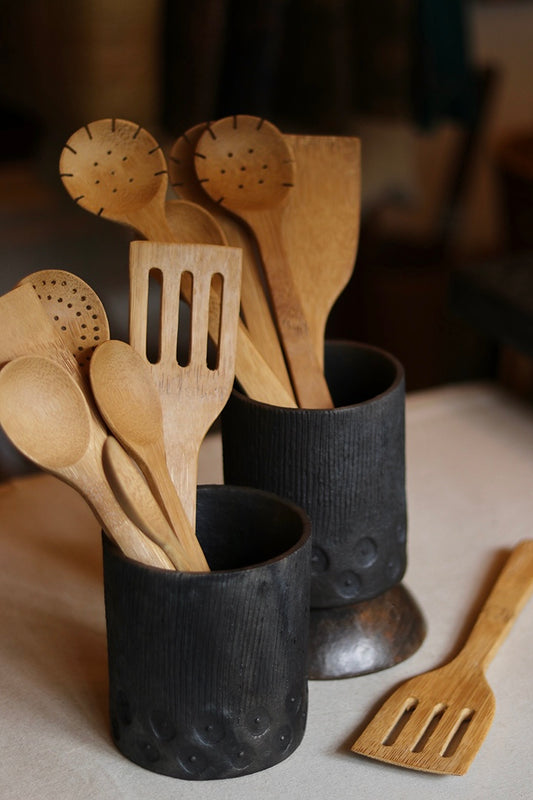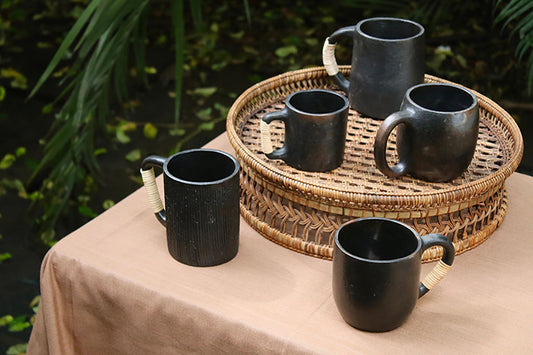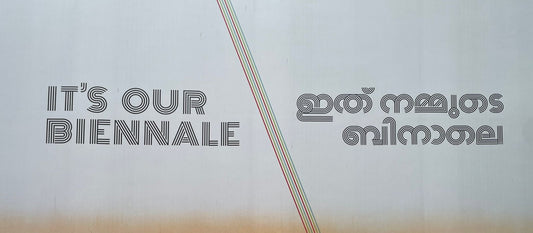The centre market in the village of Mairang in Meghalaya is bustling with activity in the morning. The market is a square with many narrow lanes, some lanes have just enough space for two people to walk at a time with shops on either side of the lane. People from surrounding villages throng to the market to stock up for their daily necessities. Market is filled with shops selling pulses, rice, bamboo baskets, traditional Khasi clothing, snacks and much more. Whats interesting is that most shops are run by women. This is the way of the Khasi and Garo people of Meghalaya, they follow the matrilineal descent where the tracing of the kinship is through the female line.
Most small business in Meghalaya are hence run by women. In the Meghalayan society women enjoy all the rights to live an independent life and have financial freedom. They enjoy total security, unlike in the rest of the country.
Similarly, in the rest of India the handicraft industry is often a way for women to become economically empowered. It provides them with the opportunity to earn a livelihood and gain financial independence.
Women are often the primary caretakers of cultural heritage, and their involvement in the handicrafts can ensure the continuation of these traditions involving more women in the handicraft industry, we can ensure that these skills are not lost.
Having women in handicrafts can help diversify the products that are produced. Women often bring a unique perspective and creative flair to their work, which can result in new and innovative products. The handicraft industry is often deeply rooted in the social and cultural fabric of community. By involving women in this industry, we can promote gender equality and challenge gender stereotypes. This can have a positive impact on the community as a whole.
Sisters Presley and Pam from Manipur, bring traditional Longpi pottery to the rest of India.
The sisters have been doing this for a long time, they travel the length and breadth of India to bring forward their craft. Each year they bring their products to exhibitions and craft fairs to showcase what they do.
Longpi pottery is a lot of hard work, the serpentine from the village of Longpi is broken off by tribal women and dried during the winter months when there is no rain. The pots are hand shaped, and no potters wheel is used. The products are then sun dried and baked in an open fire. Initially there only a few traditional designs were brought into the market, but seeing the customer interest the sisters have added many more designs to diversify and bring these traditional crafts to the rest of the world and in turn keeping it alive.
These stories tell us why we need to continually support women in the handicraft industry. Their vulnerability brings into the handicraft industry an increased openness enabling them to bring togetherness in the artisan community.
One of the shortcomings of the handicraft industry is it can be unorganized and making it prone to exploitation of resources in terms of working hours and wages. Education around these topics among women Artisnas is crucial to their upliftment and financial and operational support is necessary. These changes in our society take time but with effort from organizations such as 100 hands, Varnam , Bamboopecker and many more we can keep traditional sustainable crafts alive and in turn bring in gender equality.















